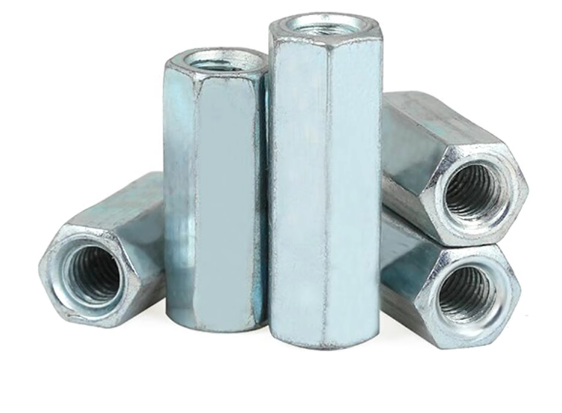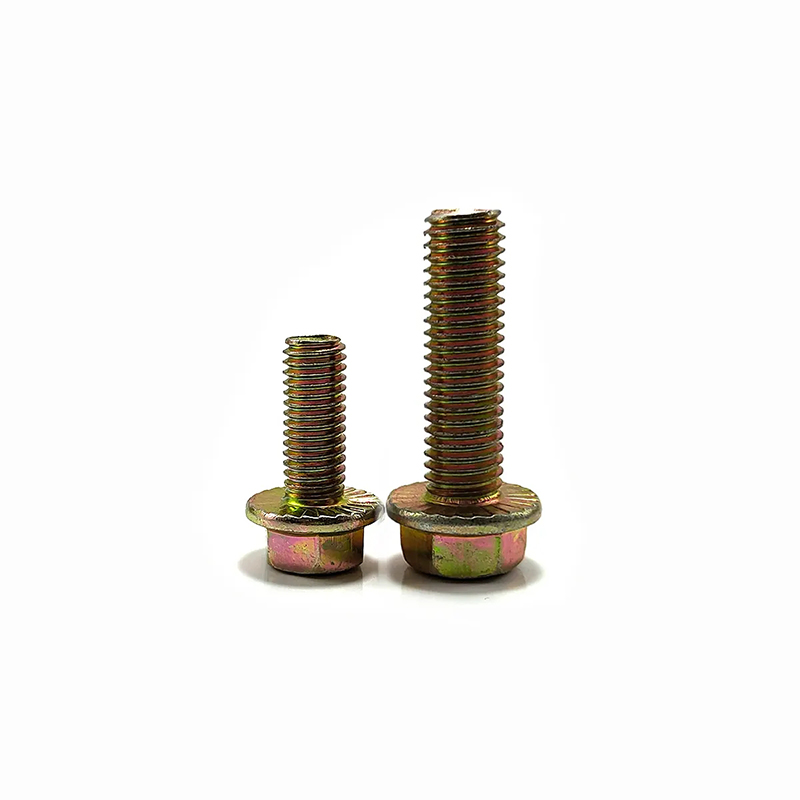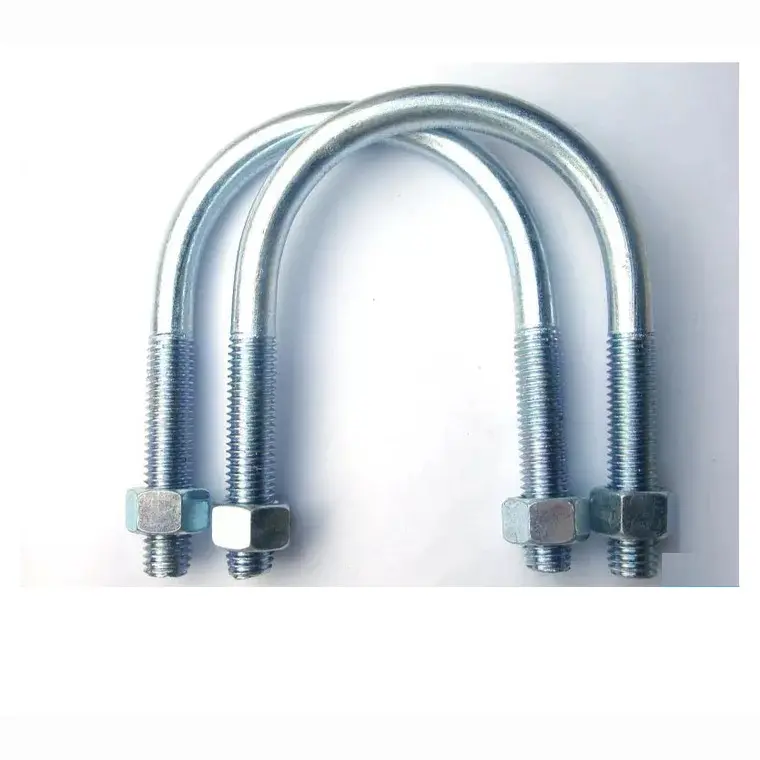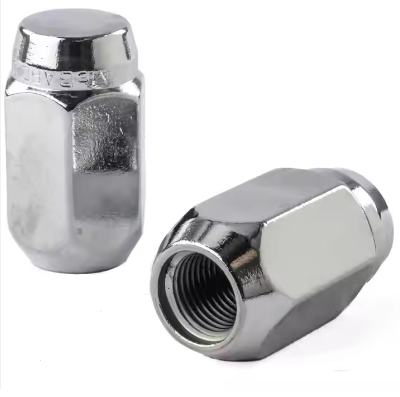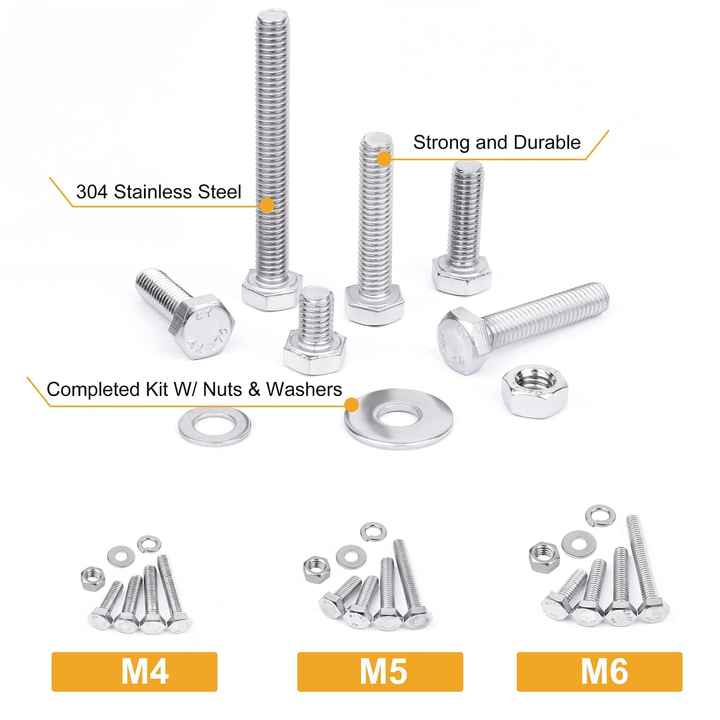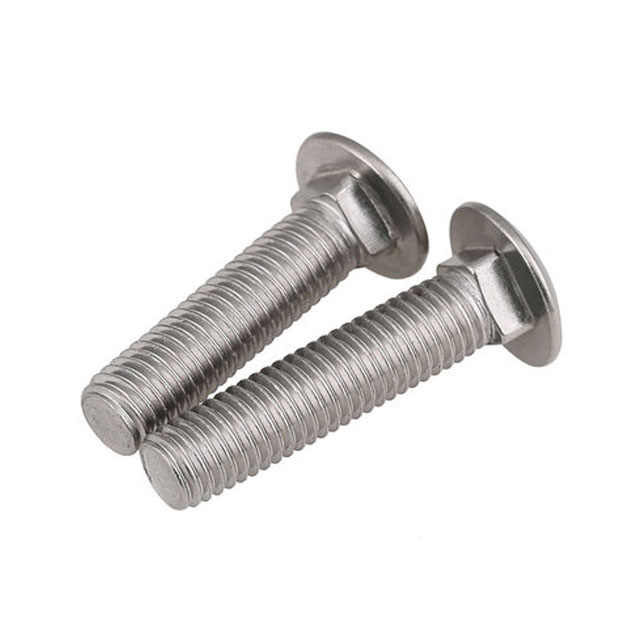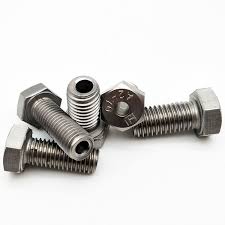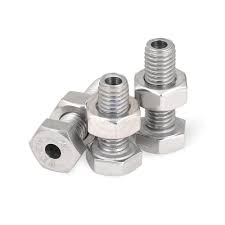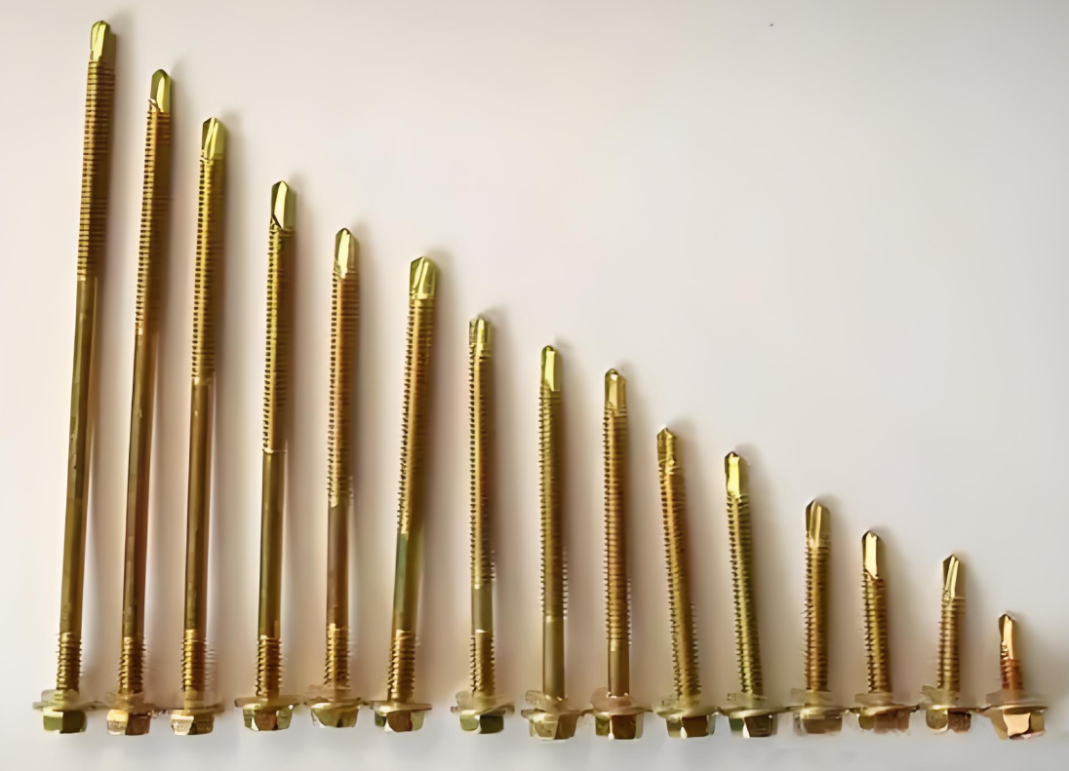

Eye screws are versatile fasteners with a wide range of applications. This comprehensive guide explores everything you need to know about eye screws, from their different types and materials to their proper installation and common uses. We'll delve into the specifics of choosing the right eye screw for your project and provide practical tips for ensuring a secure and reliable connection. Discover how to select the appropriate size, material, and type of eye screw to meet your specific needs, enhancing your project's safety and durability.
Eye screws are manufactured from various materials, each offering unique properties and suitability for different applications. Common materials include steel (often zinc-plated for corrosion resistance), brass (known for its corrosion resistance and decorative appeal), and stainless steel (ideal for outdoor or high-humidity environments). The choice of material depends heavily on the intended use and the surrounding environment. For instance, a stainless steel eye screw would be preferable for marine applications due to its superior resistance to saltwater corrosion. A zinc-plated steel eye screw might suffice for indoor use where corrosion is less of a concern.
Eye screws come in a wide variety of sizes, typically specified by their diameter and length. The thread type is another crucial consideration. Common thread types include metric and inch threads. Selecting the correct size is critical for ensuring a secure fit and preventing damage to the material being fastened. Refer to manufacturer specifications for appropriate torque values to prevent stripping the threads.
Beyond material and size, eye screws can also differ in their overall configuration. Some have a simple loop, while others might feature a more robust ring or even a swiveling eye, allowing for greater flexibility in their applications. Swiveling eye screws are particularly useful when dealing with rotating loads or situations where the angle of pull may vary.
The versatility of eye screws makes them suitable for a wide array of applications in various industries. Common uses include:
Selecting the appropriate eye screw involves considering several factors: the material to be fastened into, the weight or load to be supported, the environmental conditions, and the desired aesthetic.
| Factor | Considerations |
|---|---|
| Material | Steel, brass, stainless steel – choose based on corrosion resistance and strength requirements. |
| Size | Select the appropriate diameter and length to ensure a secure fit and sufficient holding power. Consult manufacturer specifications for weight limits. |
| Thread Type | Ensure compatibility with the material being fastened. |
| Load Capacity | Always choose an eye screw with a load capacity exceeding the anticipated weight or force. |
For assistance in selecting the right eye screws for your specific needs, you can explore a wide range of options at Hebei Dewell Metal Products Co., LTD. They offer high-quality eye screws in various materials and sizes.
Proper installation is crucial for ensuring the safety and effectiveness of eye screws. Always use the appropriate tools and techniques to avoid damaging the eye screw or the material it is being installed into. Pre-drilling pilot holes is often recommended, particularly when working with harder materials. Ensure the eye screw is fully tightened to prevent loosening over time. Regularly inspect eye screws, especially those subjected to high loads or harsh environmental conditions, for signs of wear or damage. Replace any damaged eye screws immediately.
Eye screws are fundamental fasteners with broad applications. Understanding their various types, materials, and proper installation techniques is key to utilizing them effectively and safely. Remember to always prioritize safety and choose the right eye screw for your specific project requirements.

